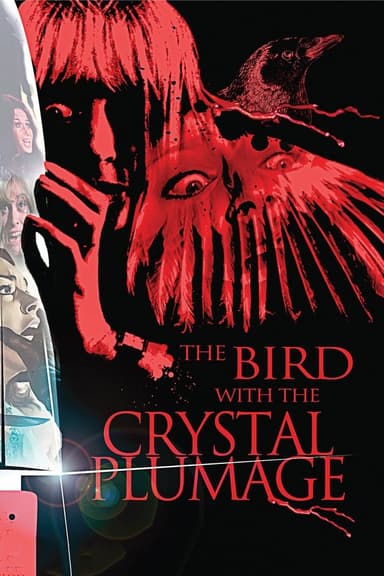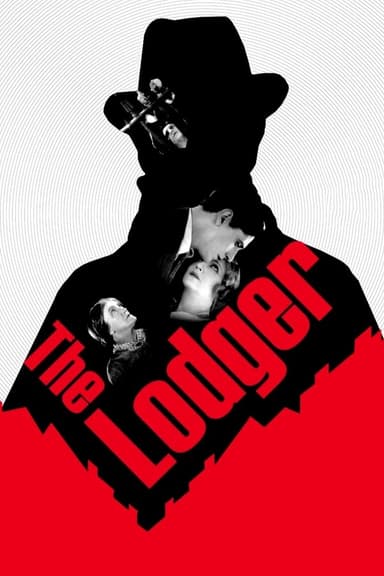
Eyes Without a Face
1960 • Drama, Horror, Thriller • NR
Dr. Génessier is riddled with guilt after an accident that he caused disfigures the face of his daughter, the once beautiful Christiane, who outsiders believe is dead. Dr. Génessier, along with accomplice and laboratory assistant Louise, kidnaps young women and brings them to the Génessier mansion. After rendering his victims unconscious, Dr. Génessier removes their faces and attempts to graft them on to Christiane's.
Runtime: 1h 24m
Why you should read the novel
Discover the original chilling tale of Eyes Without a Face by Jean Redon before diving into its cinematic adaptation. The novel immerses readers in psychological horror and emotional complexity that only prose can faithfully convey. Reading the novel unveils the character’s inner turmoil, motivations, and a deeper backstory, offering a uniquely personal experience impossible to replicate on screen. The written version provides vivid descriptions and nuanced storytelling that paint a more haunting and intricate picture than the stylized film adaptation. If you're a fan of psychological thrillers or classic horror literature, exploring Jean Redon's rich narrative will give you new appreciation for the characters’ struggles, fears, and obsessions. Prioritizing the book allows you to explore themes of obsession, identity, and morality in a more detailed and introspective manner, making it essential for fans seeking a richer understanding and a more profound emotional impact.
Adaptation differences
One of the most notable differences between Eyes Without a Face's book and movie adaptation lies in the characterization and narrative focus. Jean Redon's novel delves deeper into the psyche of Dr. Génessier, providing more nuanced insight into his obsession, guilt, and rationalizations behind his gruesome experiments. The film, while visually arresting, often prioritizes atmosphere and visual symbolism over introspective character study, creating a more enigmatic portrayal of the doctor and his tragic daughter. This leads to a shift in tone and narrative emphasis, moving the story from intimate psychological horror into a broader, almost fairy-tale-like cinematic experience. Additionally, the novel explores secondary characters and their relationships with greater detail, further humanizing their motivations and complicating the theme of scientific ambition gone awry. The written text affords time to explore moral dilemmas, emotional nuance, and internal conflicts that are only hinted at in the film’s minimalist dialogue and stylized visuals. Moreover, while the film streamlines some events for pacing and visual coherence, the novel offers a more complex chronology and backstories, painting a fuller picture of the events leading to the tragedy. Readers will notice that plot points and outcomes differ, with the novel sometimes opting for alternative scenes and resolutions that profoundly impact character arcs and audience interpretation. Ultimately, the differences between the book and film highlight how the shift from page to screen can alter pacing, character focus, and thematic exploration, making both works rewarding and distinct in their own right.
Eyes Without a Face inspired from
Eyes Without a Face
by Jean Redon










